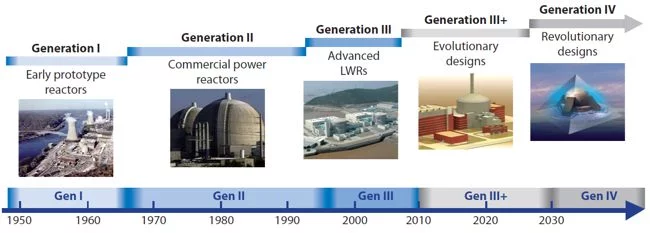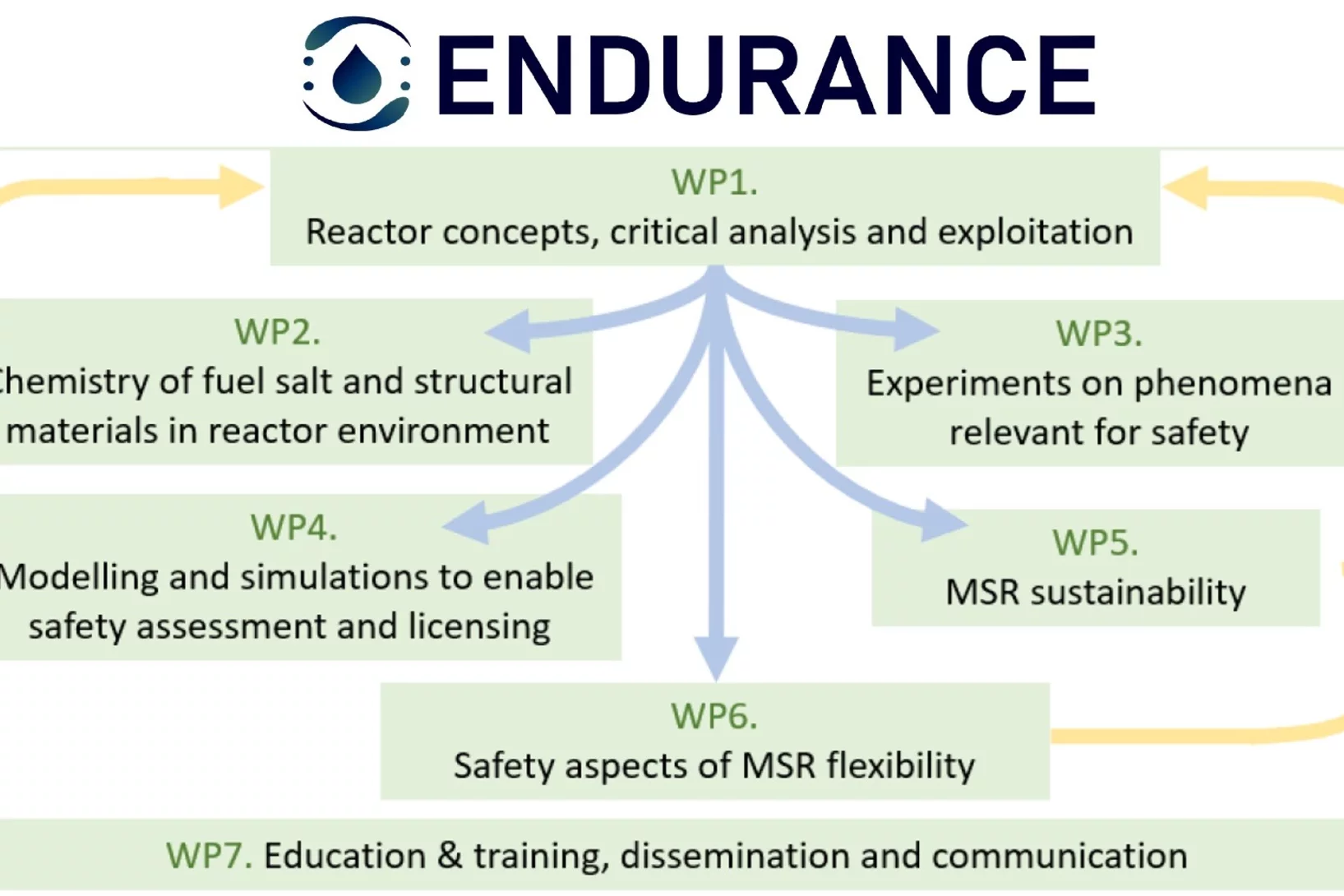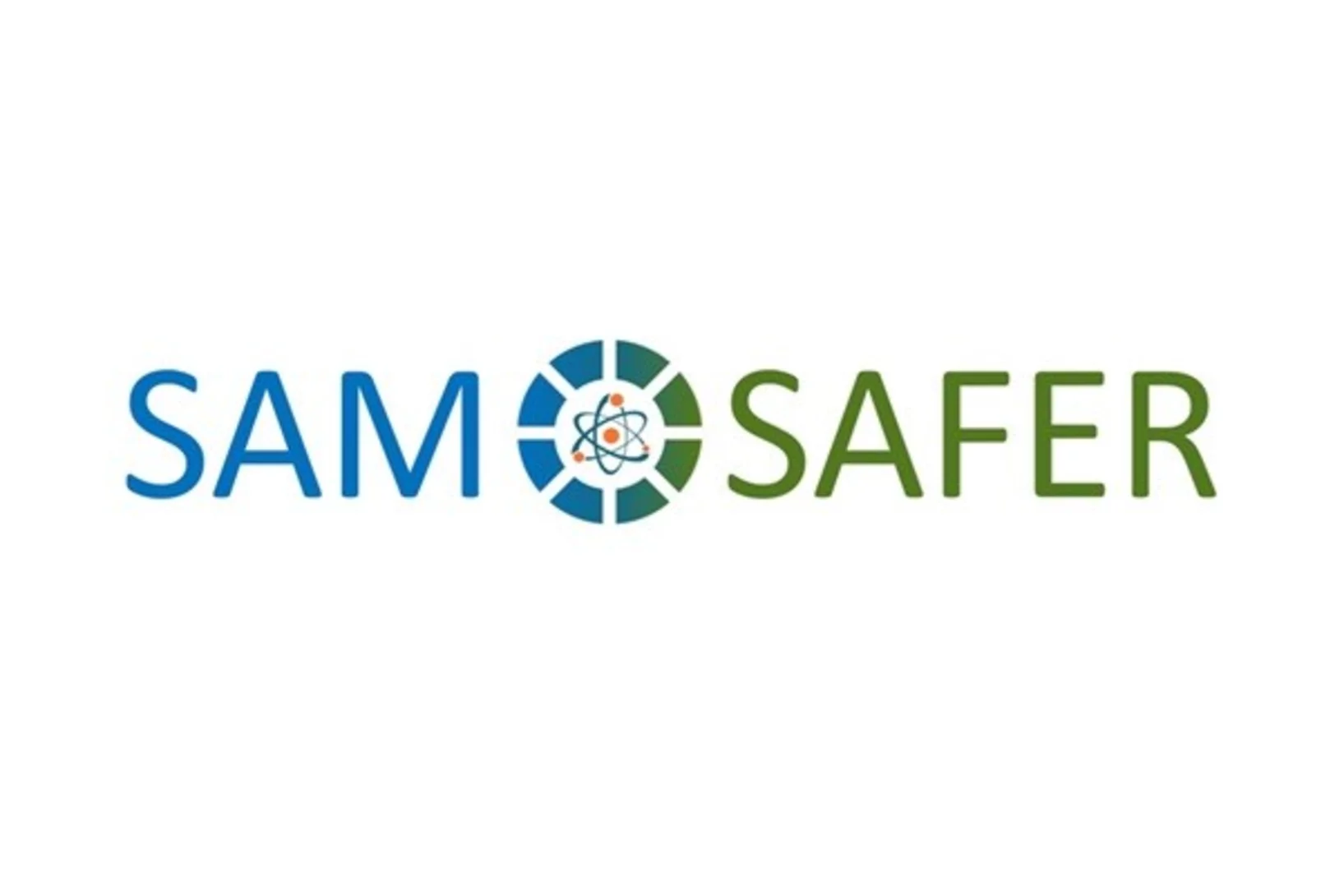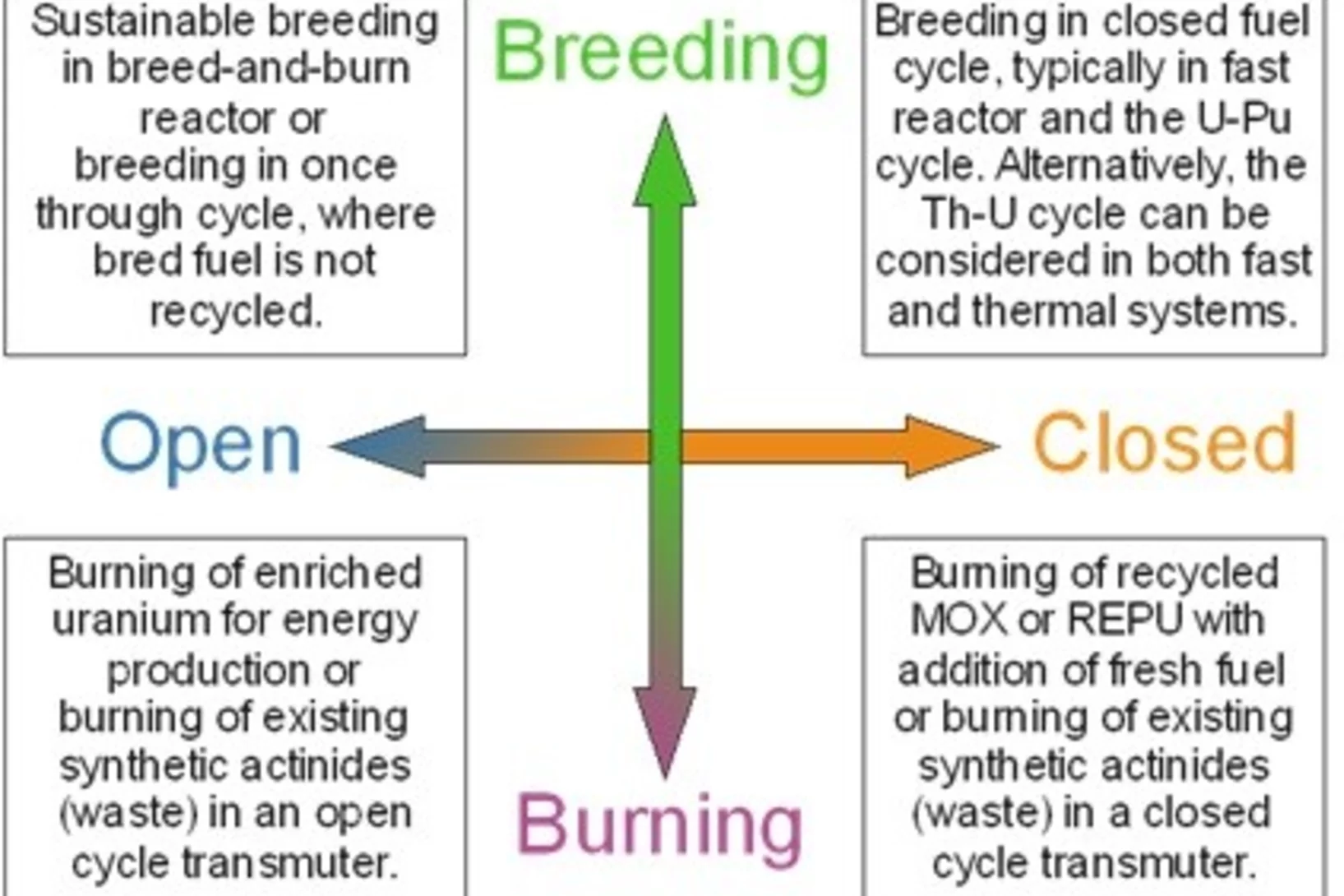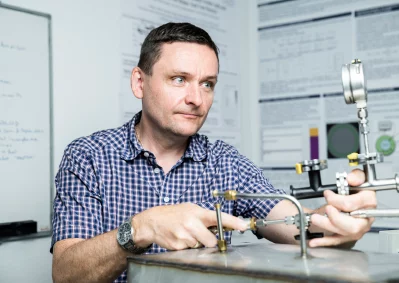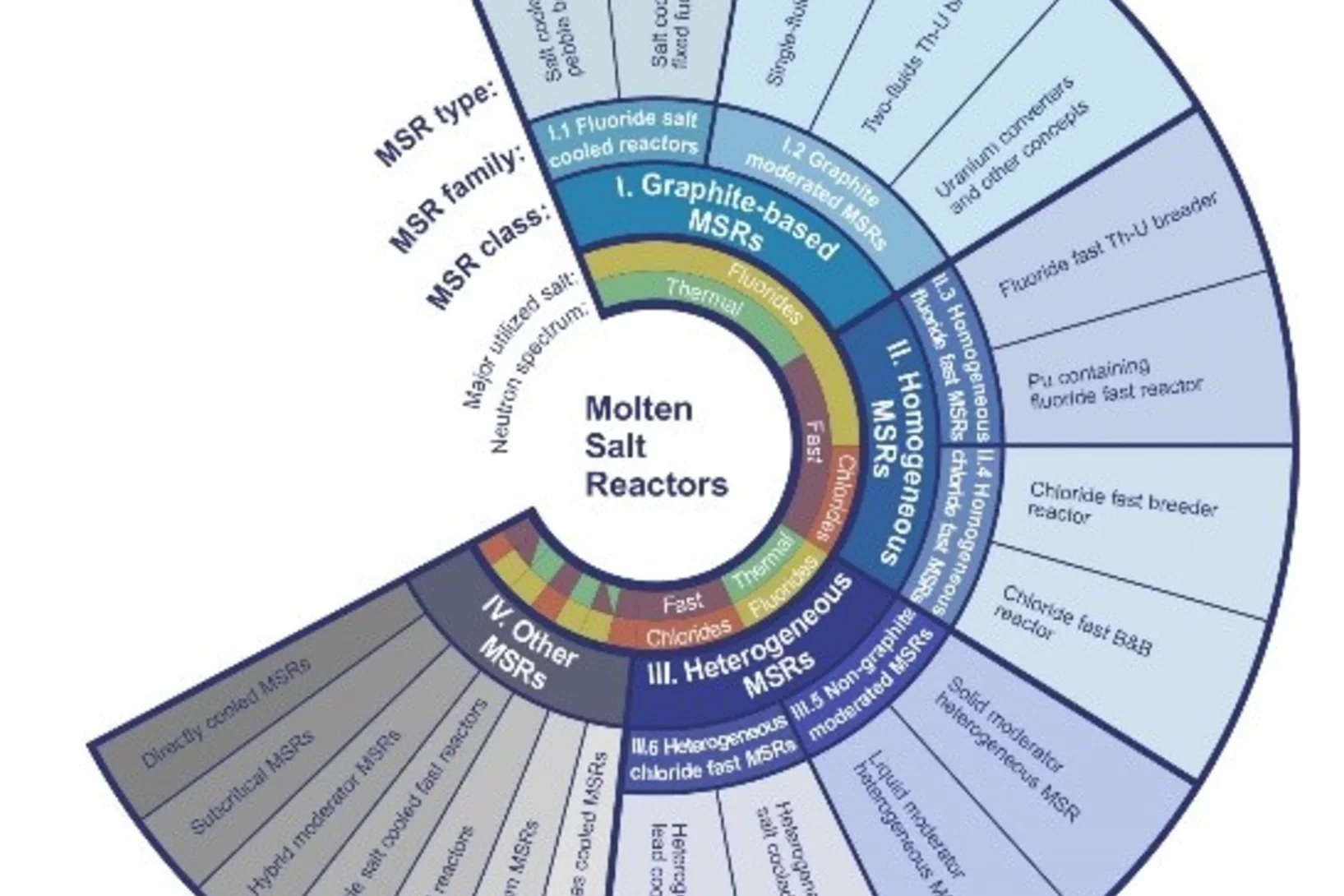We launched the project in 2002 and our current goals are:
- to study neutronics and nucleonics, thermal hydraulics and fuel behaviour of advanced fast-spectrum nuclear reactors using modern computational tools: TRACE/PARCS/FRED, Eranos/EQL3D, Serpent 2, OpenFOAM;
- to evaluate safety of fast reactors developed in Europe, in particular, European Sodium Fast Reactor (ESFR);
- to analyse innovative design solutions for Generation-IV Molten Salt Reactor;
- to represent Switzerland internationally at GIF, IAEA, OECD, EURATOM;
- to educate young researchers and students, in particular, via the ETHZ/EPFL Master of Science in Nuclear Engineering and EPFL PhD programs.
